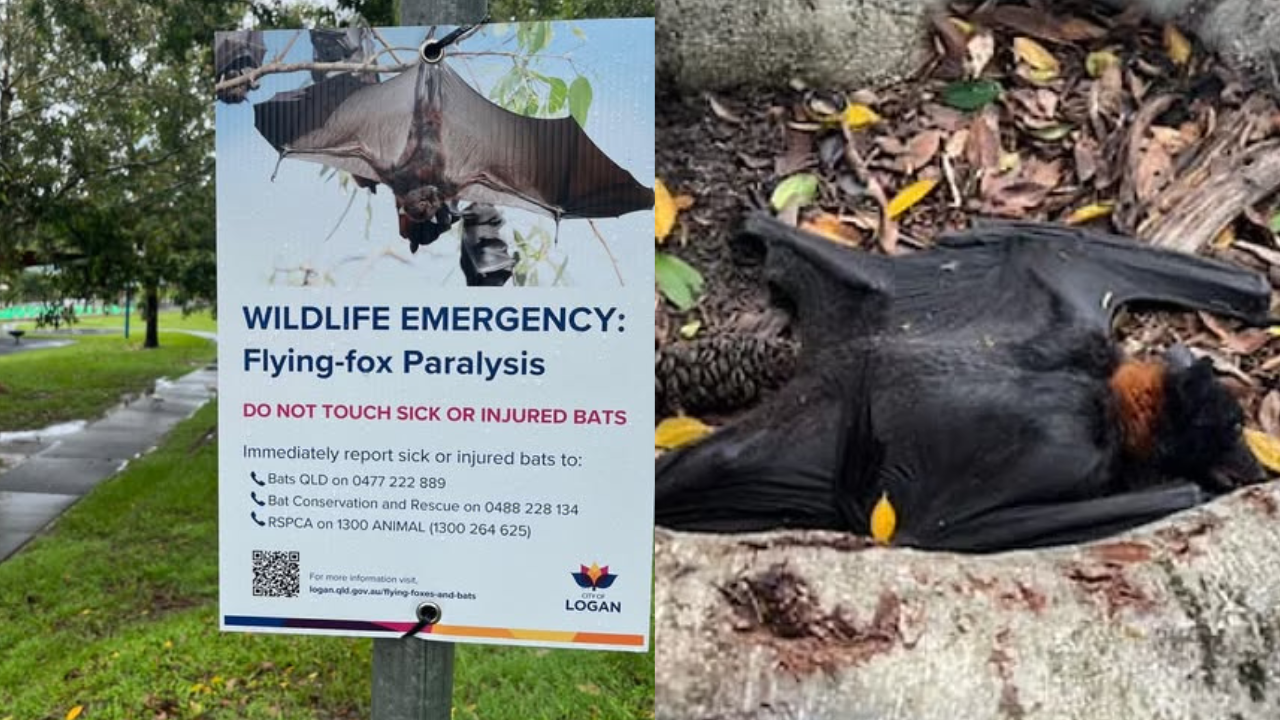World Ozone Day – Australian Antarctic Program (News 2024)

- by Admin
- September 16, 2024

The ongoing recovery of the ozone layer is being monitored by Australian Antarctic Program atmospheric scientists, as researchers around the globe mark World Ozone Day today.
Global efforts to prevent ozone-depleting substances entering the atmosphere, driven by the 1987 Montreal Protocol on Substances that Deplete the Ozone Layer, should see ozone levels return to 1980 levels by around 2066 over Antarctica, and 2045 over the Arctic.
Ozone (O3) is present in small amounts in the Earth’s stratosphere – between 10 and 30 km up – in a thin layer that shields Earth’s surface from harmful ultraviolet radiation (UV) emitted by the sun.
In the early 1980s, scientists observed an unnatural early springtime thinning of the ozone layer, as a result of humans releasing chlorofluorocarbons (including from refrigerators, aerosol cans, and air conditioners) into the atmosphere.
Over Antarctica, this thinning results in the ‘ozone hole’, which begins forming in late August, peaks in October and closes by December.
Atmospheric scientists and meteorologists in Antarctica monitor ozone concentrations each week by releasing an ‘ozonesonde’.
These hydrogen-filled balloons can ascend up to 35 kilometres, measuring ozone as it moves through the atmosphere, and transmitting data every two seconds during the three-hour flight.
Atmospheric scientist Dr Simon Alexander said that at Davis research station, these ozonesondes have been launched once a week for over 20 years.
“The data collected provide extraordinary detail on ozone depletion during each spring at an important location, as Davis regularly moves in and out of the ozone hole depending upon winds in the stratosphere,” Dr Alexander said.
“The long dataset that Australian scientists have now collected is being used both here and overseas to quantify ozone recovery and help to validate ozone climate models.”
Did you know:
- The Montreal Protocol sets out a mandatory timetable for the phase out of ozone depleting substances, and is considered one of the most successful environment protection agreements.
- By phasing out ozone depleting gases such as chlorofluorocarbons (CFCs), halons, and hydrochlorofluorocarbons (HCFCs), a potential 40 million tonnes of greenhouse gas emissions have been removed since 1995.
- Today, a UV index of 9 is considered high, but without the Montreal Protocol it could have reached 25.
on
The Latest News
-
December 28, 2024Nitish Kumar Reddy blossoms to give India hope as century stalls Australia
-
December 28, 2024Kyrgios slams ‘cheat’: Australian on comeback trail hits out at world No.1
-
December 28, 2024The moment the Boxing Day Test took a turn for the worse for Australia
-
December 28, 2024He was the last Australian man to win the Australian Open and did so while ranked outside the world’s top 200
-
December 28, 2024Their ‘little gladiator’: Team Konstas absorbs Sam’s supernova debut



